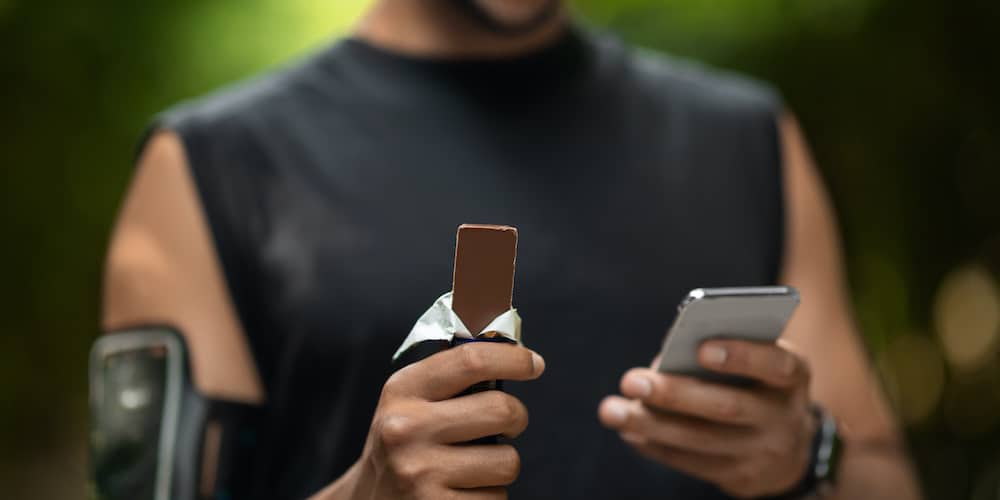Although a large part of the French population is iron deficient (25% of premenopausal women have an iron deficiency, and 5% have anemia), some of us tend to have too much iron in our blood.
This is the case for people with hemochromatosis. It is a hereditary disease where iron gets absorbed and accumulates excessively in the tissues, particularly in the liver and the heart, as indicated in this study.
For others, it is a case of hyperferritinemia, related to a metabolic syndrome, excessive alcohol consumption, inflammation, or hepatic cytolysis.
If your ferritin level is high (if it exceeds 270 µg/l in men, 160 µg/l in women, and 140 µg/l in children), I advise you to adopt a low-iron diet, particularly avoiding the following foods.
Also read | Advice from a pharmacist on choosing the best dietary supplements for the liver
1. Foods rich in vitamin C
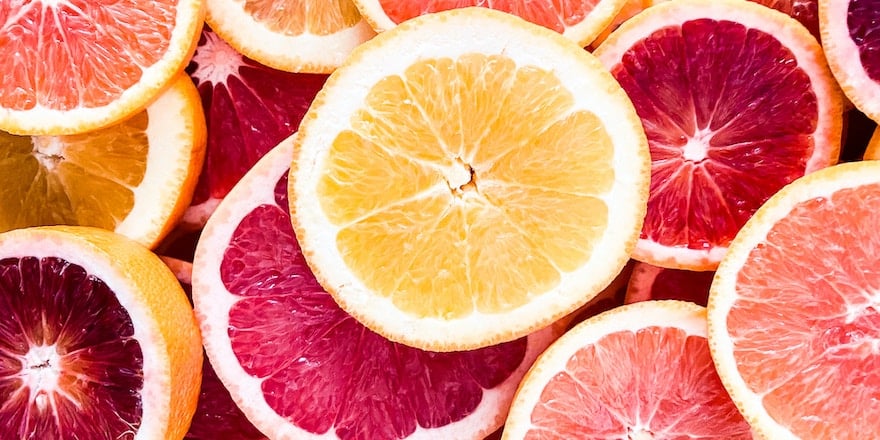
The presence of vitamin C in the diet facilitates the absorption of iron, as shown in this study.
If you wish to reduce your iron intake, I recommend avoiding foods rich in vitamin C such as citrus fruits, peppers, or berries.
2. Red meats
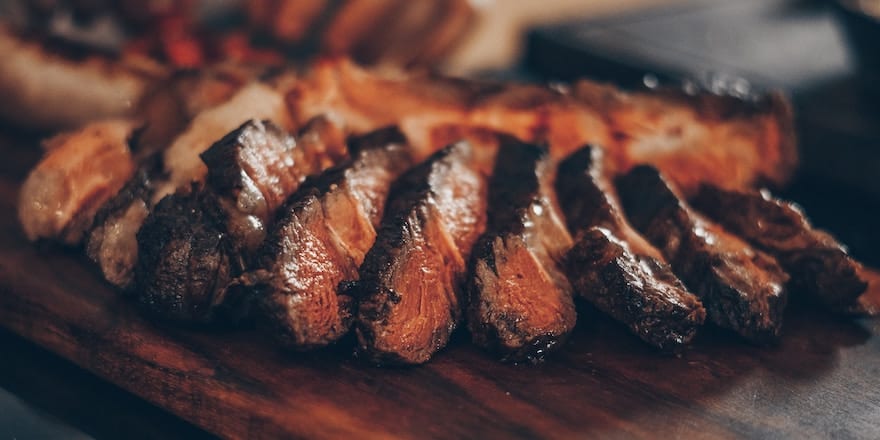
Red meats such as beef, liver, pork, and lamb are rich in iron. If you have an iron overload, it is important to limit your consumption.
Without completely stopping the consumption of meat, I invite you to favor white meats or fish.
3. Seafood and seaweeds

Seafood such as oysters, mussels, clams, and shrimps are also rich in iron.
Moreover, I advise against the consumption of seaweeds, which are among the foods richest in iron per 100g according to the French Agency for Food, Environmental and Occupational Health & Safety. Say goodbye to nori and wakame.
A special mention to spirulina, a cyanobacterium often mistaken for a seaweed, renowned for being an exceptional source of iron.
4. Iron-fortified foods
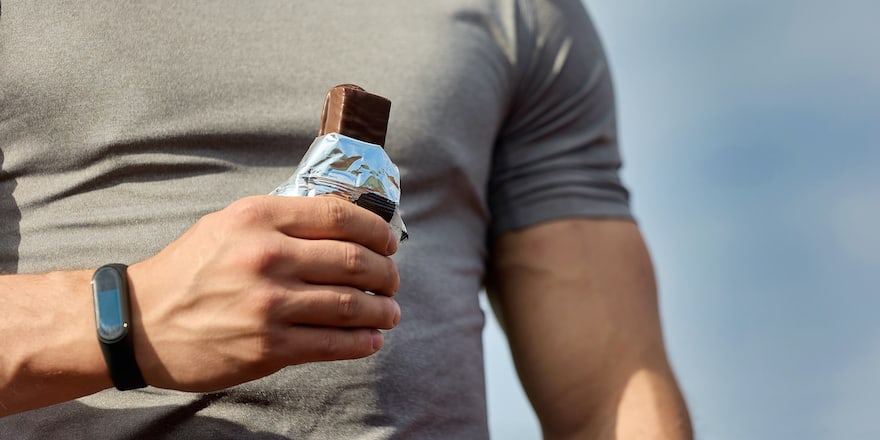
It is often overlooked, but many processed foods, such as breakfast cereals, energy bars, and dietary supplements, are fortified with iron.
My advice: carefully read the labels of products to avoid iron-fortified foods.
5. Sugar
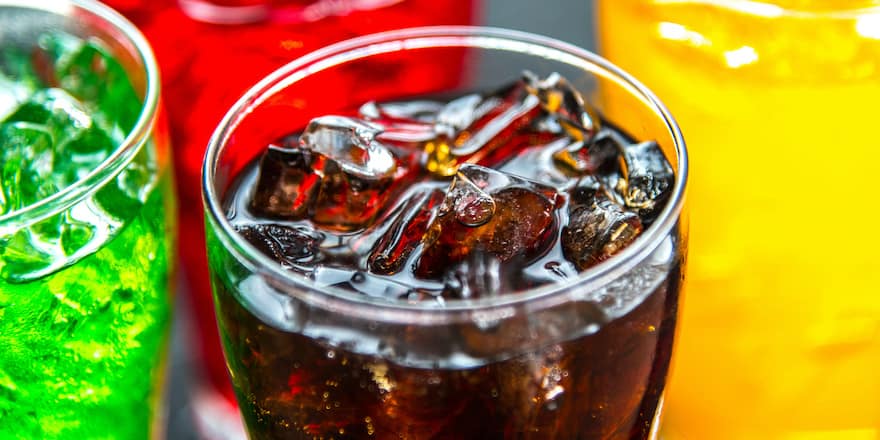
In a low-iron diet, I recommend avoiding sugary foods and drinks. Forget sodas, candies, industrial ice creams…
Indeed, foods containing sugar, fructose, or sorbitol promote the absorption of iron by the body.
6. Legumes
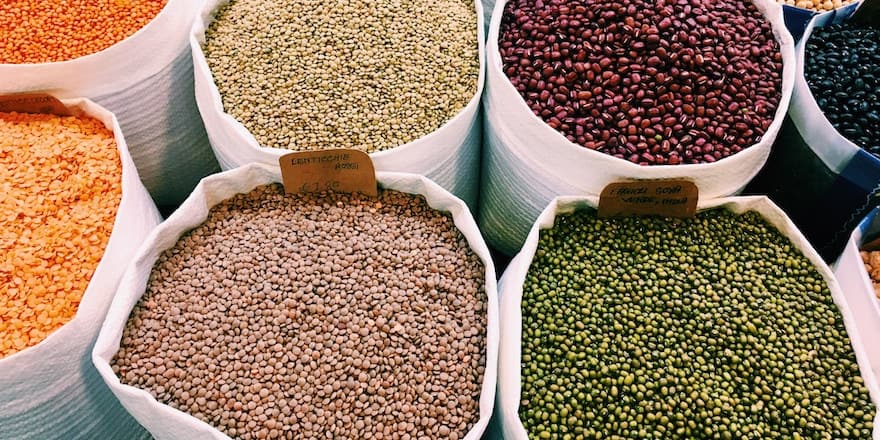
Legumes such as beans, lentils, and chickpeas are rich in non-heme iron.
Non-heme iron is less well absorbed by the body, so consuming these foods may not pose a problem, but I recommend consuming them in small quantities.
Moreover, legumes provide important nutrients, proteins, and minerals, so it would be a shame to deprive yourself of them!
My advice for high ferritin levels
The diagnosis of iron overload is generally made by a healthcare professional using blood tests. Symptoms of iron overload can include fatigue, weakness, weight loss, arthritis, skin pigmentation, and abdominal pain.
Some people may also experience joint pain, fertility issues, and heart problems.
There are two types of iron in the diet: heme iron, which has a bioavailability of about 25%, and non-heme iron which is only absorbed about 5%. Therefore, foods containing non-heme iron are not entirely to be avoided.
Moreover, be aware that three elements naturally reduce iron absorption. Tannins in tea, for instance, as well as phytates and oxalates found in most cereals, fruits, and vegetables. Feel free to drink tea regularly.


